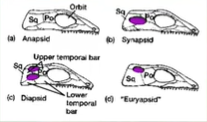0.0(0)
Chat with Kai
Explore Top Notes Note
Note Studied by 9 people
Studied by 9 people Note
Note Studied by 31 people
Studied by 31 people Note
Note Studied by 6 people
Studied by 6 people Note
Note Studied by 69 people
Studied by 69 people Note
Note Studied by 41 people
Studied by 41 people Note
Note Studied by 29 people
Studied by 29 people
Chapter 6:Chemical Reactions: Mole and Mass Relationships
CUSTOMER SERVICE
Chapter 25 - Non-Economic Values
Complex Numbers
unit four review: political ideologies and beliefs
LAYERS OF EARTH
 Knowt
Knowt